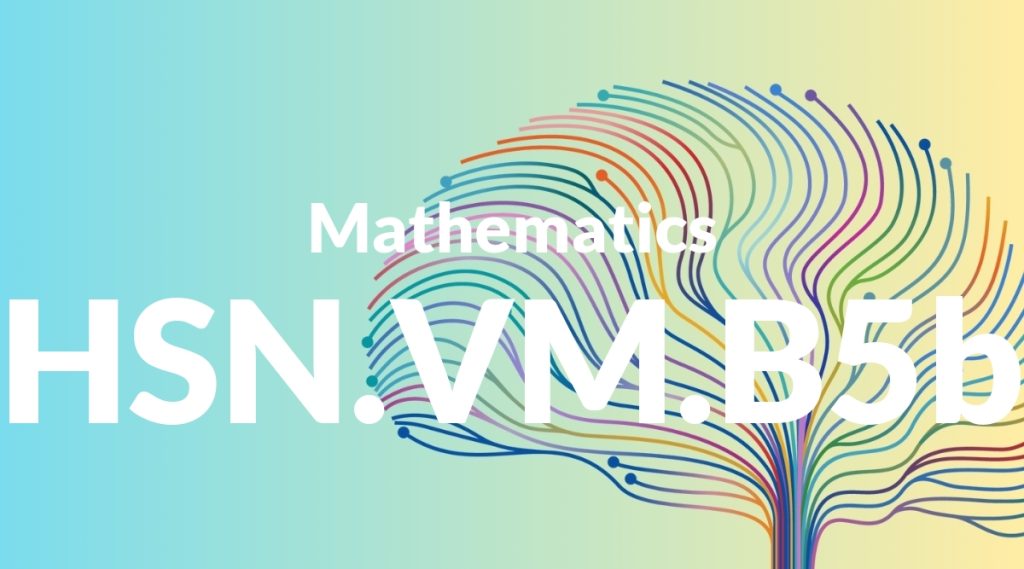Standard: HSN.VM.B5b – Compute the magnitude of a scalar multiple cv using ||cv|| = |c|v. Compute the direction of cv knowing that when |c|v ≠ 0, the direction of cv is either along v (for c > 0) or against v (for c < 0).
Grade level: High School: Number and Quantity
Subject: Mathematics
Domain: Vector & Matrix Quantities
Teacher Overview
This standard focuses on understanding how scalar multiplication affects the magnitude and direction of vectors. It is crucial for students to grasp these concepts as they form the foundation for more advanced topics in physics, engineering, and computer science. Students should be comfortable with basic vector operations and understand the concepts of magnitude and direction.
Mastering this standard will prepare students for more complex applications involving vectors, such as vector fields, transformations, and real-world problem-solving in various scientific and engineering contexts.
Common Misconception 1
A common misconception is that the magnitude of a scalar multiple cv is simply cv. This is incorrect because the magnitude must account for the absolute value of the scalar.
Intervention 1
Use visual aids and interactive tools to demonstrate how the magnitude changes with different scalar values. Emphasize the importance of the absolute value in these calculations.
Common Misconception 2
Another misconception is that the direction of cv is always along v, regardless of the scalar’s sign. This is incorrect because the direction can be reversed if the scalar is negative.
Intervention 2
Provide examples with both positive and negative scalars and use vector diagrams to show how the direction of cv changes based on the sign of the scalar.
Prerequisite Knowledge
Students should understand basic vector operations, including addition and scalar multiplication, as well as the concept of magnitude and direction in a vector context.
Subsequent Knowledge
After mastering this standard, students will be able to apply vector and scalar multiplication concepts to more complex problems in physics, engineering, and computer science, such as vector fields and transformations.
Instructional Activities
- Interactive vector manipulation software to visualize scalar multiplication effects.
- Group activities where students solve real-world problems involving vectors.
- Hands-on experiments in physics labs to see vector forces in action.
- Programming exercises in computer science classes to implement vector transformations.
- Class discussions on real-world applications of vectors in different fields.




